What is an Animal?
An animal is a living organism that is part of the kingdom Animalia. Animals are multicellular, eukaryotic organisms and are distinguished by their ability to move voluntarily. They obtain their energy by consuming other organisms and are characterized by their diverse range of behaviors and adaptations to their environments.
Key Characteristics of Animals
- Multicellular: Animals are made up of multiple cells, which are organized into tissues and organs.
- Eukaryotic: Animal cells have a true nucleus and membrane-bound organelles.
- Movement: Animals have the ability to move voluntarily, either by walking, swimming, flying, or other means.
- Heterotrophic: Animals obtain their energy by consuming other organisms. They are not capable of photosynthesis.
- Diverse Behaviors and Adaptations: Animals exhibit a wide range of behaviors and have evolved various adaptations to survive in their respective habitats.
Types of Animals
Animals can be broadly classified into different groups based on their characteristics. Some of the major groups of animals include:
- Vertebrates: Animals with a backbone, including mammals, birds, reptiles, amphibians, and fish.
- Invertebrates: Animals without a backbone, such as insects, spiders, worms, mollusks, and more.
- Domesticated Animals: Animals that have been tamed or bred by humans for various purposes, including pets, livestock, and working animals.
- Wild Animals: Animals that live in their natural habitats without human intervention.
Study Guide
Here are some key points to remember when studying the topic of animals:
- What are the key characteristics of animals?
- What are the major groups of animals?
- How do animals obtain their energy?
- What are some examples of vertebrate animals?
- Can you name some common invertebrate animals?
Additionally, it's important to explore the diversity of animal life and the unique adaptations that different animals have developed to survive in their environments.
[Animal] Related Worksheets and Study Guides:
.◂Science Worksheets and Study Guides Kindergarten. Weather
Coloring Worksheet Calendar
Calendar  Coloring Worksheet
Coloring Worksheet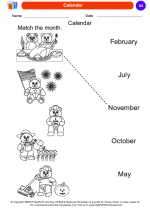 Calendar
Calendar  Coloring Worksheet
Coloring Worksheet Day and Night
Day and Night  Coloring Worksheet
Coloring Worksheet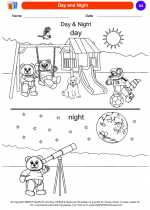 Day and Night
Day and Night  Coloring Worksheet
Coloring Worksheet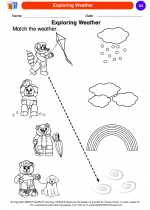 Exploring Weather
Exploring Weather  Coloring Worksheet
Coloring Worksheet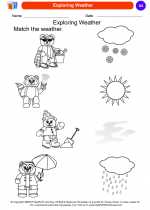 Exploring Weather
Exploring Weather  Coloring Worksheet
Coloring Worksheet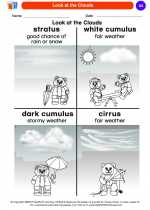 Look at the Clouds
Look at the Clouds  Coloring Worksheet
Coloring Worksheet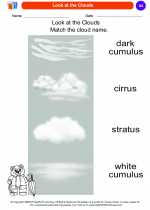 Look at the Clouds
Look at the Clouds  Coloring Worksheet
Coloring Worksheet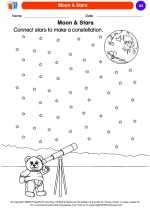 Moon & Stars
Moon & Stars  Coloring Worksheet
Coloring Worksheet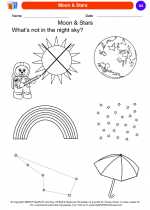 Moon & Stars
Moon & Stars  Coloring Worksheet
Coloring Worksheet Natural Events
Natural Events  Coloring Worksheet
Coloring Worksheet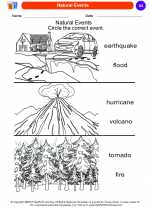 Natural Events
Natural Events  Coloring Worksheet
Coloring Worksheet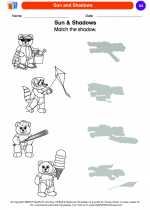 Sun and Shadows
Sun and Shadows  Coloring Worksheet
Coloring Worksheet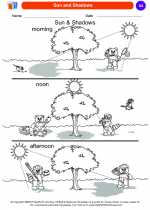 Sun and Shadows
Sun and Shadows  Coloring Worksheet
Coloring Worksheet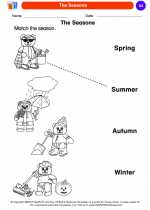 The Seasons
The Seasons  Coloring Worksheet
Coloring Worksheet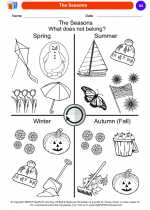 The Seasons
The Seasons  Coloring Worksheet
Coloring Worksheet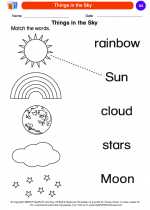 Things in the Sky
Things in the Sky  Coloring Worksheet
Coloring Worksheet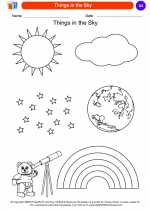 Things in the Sky
Things in the Sky  Coloring Worksheet
Coloring Worksheet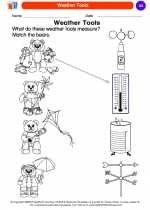 Weather Tools
Weather Tools  Coloring Worksheet
Coloring Worksheet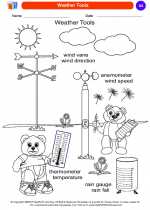 Weather Tools
Weather Tools 

 Coloring Worksheet
Coloring Worksheet
 Coloring Worksheet
Coloring Worksheet
 Coloring Worksheet
Coloring Worksheet
 Coloring Worksheet
Coloring Worksheet
 Coloring Worksheet
Coloring Worksheet
 Coloring Worksheet
Coloring Worksheet
 Coloring Worksheet
Coloring Worksheet
 Coloring Worksheet
Coloring Worksheet
 Coloring Worksheet
Coloring Worksheet
 Coloring Worksheet
Coloring Worksheet
 Coloring Worksheet
Coloring Worksheet
 Coloring Worksheet
Coloring Worksheet
 Coloring Worksheet
Coloring Worksheet
 Coloring Worksheet
Coloring Worksheet
 Coloring Worksheet
Coloring Worksheet
 Coloring Worksheet
Coloring Worksheet
 Coloring Worksheet
Coloring Worksheet
 Coloring Worksheet
Coloring Worksheet
 Coloring Worksheet
Coloring Worksheet

The resources above cover the following skills:
EARTH AND SPACE SCIENCE (NGSS)
Earth’s Systems
Students who demonstrate understanding can:
Use and share observations of local weather conditions to describe patterns over time.